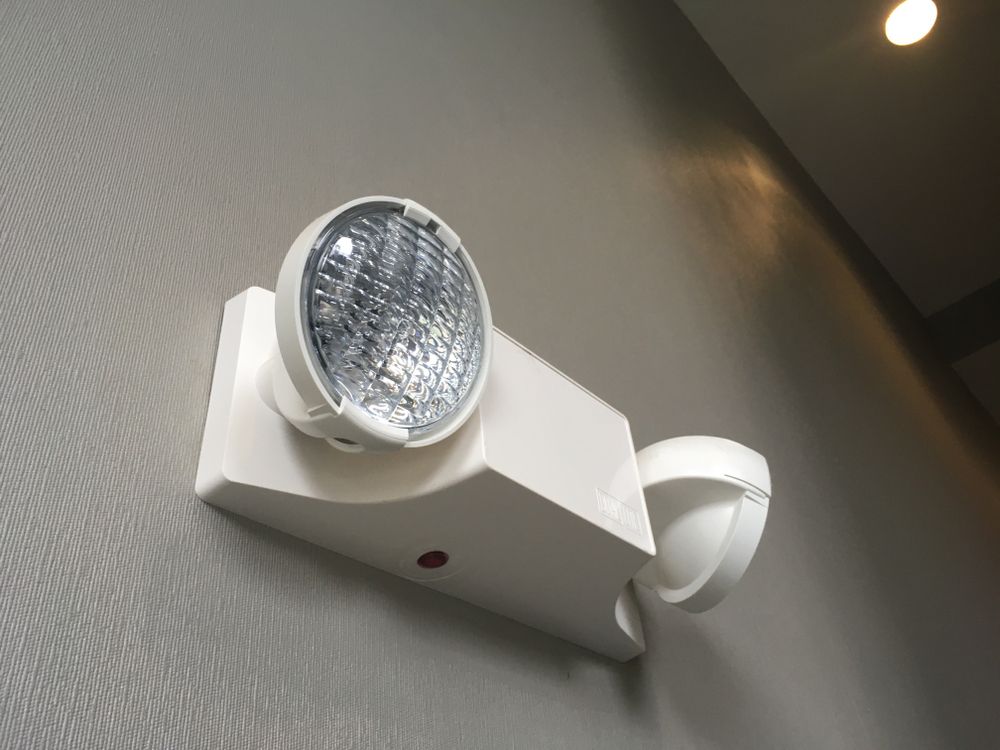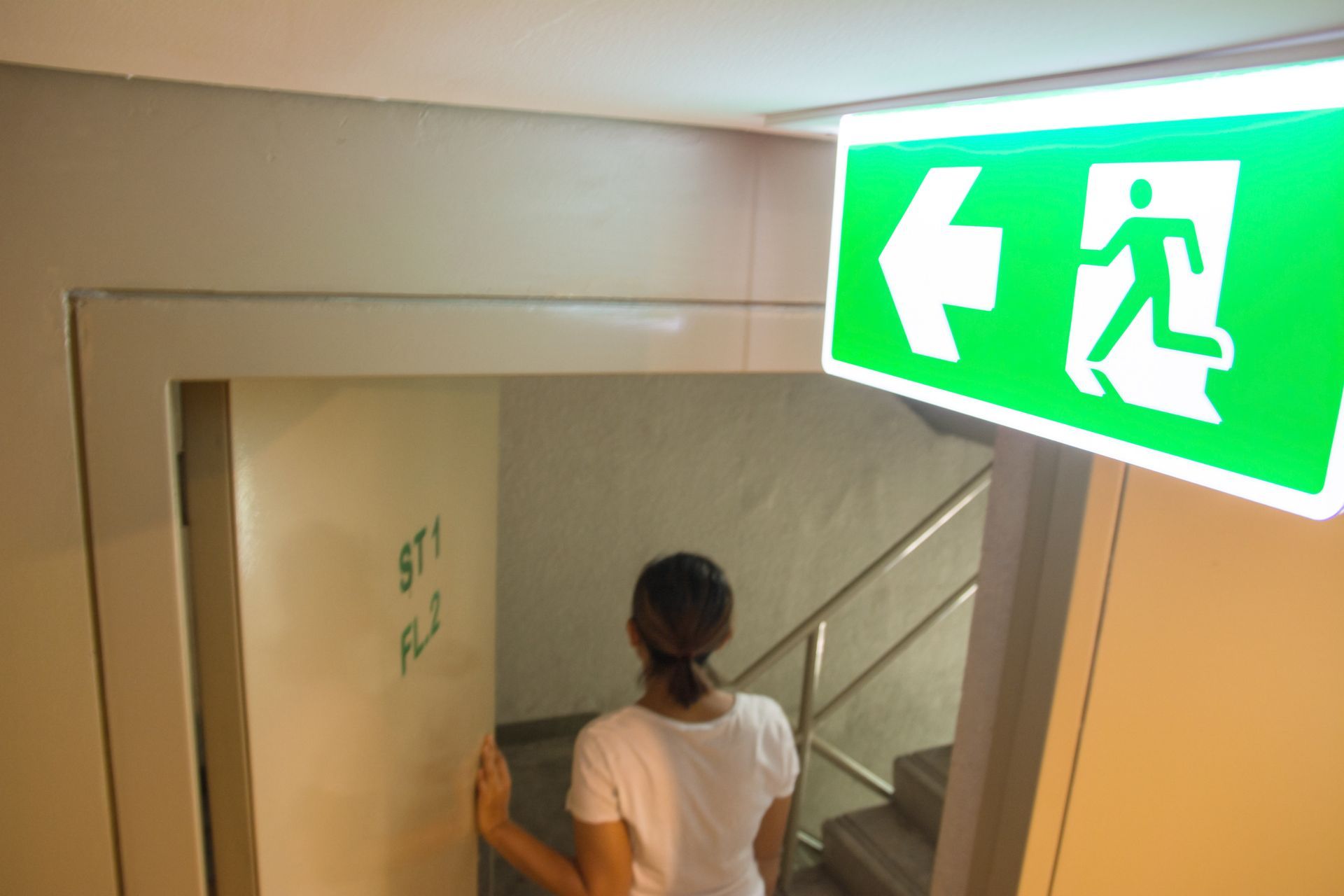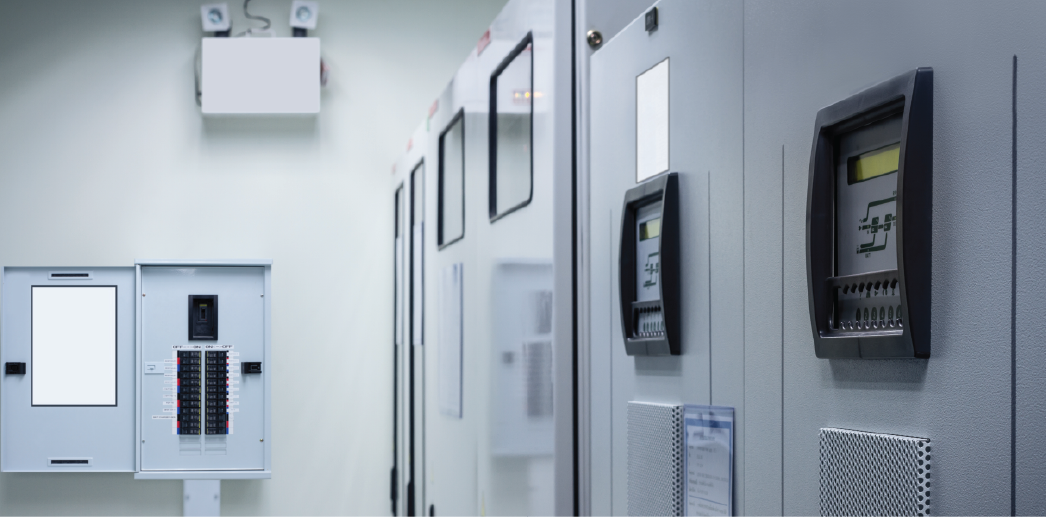Emergency Lighting Systems for Hospitals and Healthcare Providers
Share this article:
General lighting standards for the healthcare industry are much higher than other services or industries. Surgical LED lights, germicidal lamps, and mobile luminance requirements have higher operational standards than a standard commercial facility.
Emergency lighting and central lighting inverter systems for healthcare facilities must adhere to the National Fire Protection Association (NFPA) National Life Safety Code 101 requirements. In general, this code requires backup lighting systems be illuminated for a minimum of 90 minutes. It is required that the system provide power automatically without interruption, and not to rely on other circuits or power sources.
It is applied to provide a means of egress for exits and the pathways leading to them. This includes stairwells, escalators, walkways, and ramps. Illuminated exit door signs as well as the lighting of the pathway is required.
General Performance Requirements
Illumination Requirements
Illumination requirements maintain that 1fc (1 foot candle, ie. enough light to saturate a one-foot square with one lumen of light) level illumination average, with a minimum of 0.1 fc. Illumination levels are allowed to decline to an average of 0.6 fc. At the end of the 90-minute requirements a nominal 0.06 fc minimum is required.
Restoration of Power
In general, it is required that the emergency power system restore lighting within 10 seconds after loss of normal power, and for a duration of 90 minutes from that time. This is a standard defined by NFPA 101 7.9.2.2. Systems shall be of the Type 10, Level 1 System, and Class 1.5.
What is a Defined Exit Route?
Osha’s code Federal Regulation 1910.34c an exit route is defined as a “continuous and unobstructed path of exit travel from any point within a workplace to a place of safety”. Exit routes are those including horizontal and vertical paths along the route. These sections in general should be illuminated by emergency exit lighting. These include the actual “Exit”, the “Exit Access”, and “Exit Discharge” as defined in the code.
Emergency Lighting Approved Sources of Power
Emergency backup power may be derived in three different ways: a centralized emergency battery system, on board fixture battery system, and/or automatic emergency generator system.
Centralized Emergency Battery Systems
A central emergency battery system can provide a single source power, usually battery that is distributed throughout a facility with direct electrical wiring that can withstand and support all of the emergency runtime requirements of all the fixtures throughout. Benefits to a central battery system is ease of maintenance and testing. All non-lighting support components are located at the main system.
Distributed Emergency Lighting Fixtures
A typical distributed emergency lighting fixture has the battery “on-board”. It provides the lighting and power component in one location. However, testing, battery maintenance and replacement may become tedious for many fixtures throughout a facility.
Emergency Generator with Automatic Transfer System Switching
An emergency generator system which can provide long runtime situations, installed with an approved automatic transfer switch to provide quick switching may be used for an alternative source of power. Systems must operate in tandem with approved and code compliant emergency lighting systems. Testing for alternative sources of power outside the central battery system such as generator systems and automatic transfer systems are referred to in code NFPA 110.
Required Testing to meet and maintain code requirements
All systems must be tested for a duration of 30 seconds, once every 30 days, and once annually for the full 90-minute runtime requirement. A complete written record of all tests must be maintained. If an automated or computer software systems-controlled system is used, the system must be capable of providing a report of all history including testing, operations and failures. As well NFPA 111 provides guidance for testing of stored electrical energy systems that may provide alternative power sources for the lighting systems.
Code and Certification Requirements
Enforcement of codes is dependent on local agencies. Local agencies may enforce other editions of codes. Applications of systems should verify codes and editions in force and consult jurisdiction compliance authorities regarding the interpretation.
NFPA 99 for Heath Care Facilities Link:
NFPA 101 Life Safety Code Link:
NFPA 110 Standard for Emergency and Standby Power Systems Link:
NFPA 111 Standard on Stored Electrical Energy Emergency and Standby Power Systems Link:
NFPA 70 National Electrical Code Link:
For more information on approved Central Lighting Inverters for your project. Please contact your representative at Lighting Inverter Supply: (844)501-1887.
Connect with Us:
Request a Quote From a Product Specialist
Experienced Product Representatives are on hand to send you information and quotations for equipment. If you need help with sizing, installation planning, or general questions about product please fill in the appropriate form and someone will contact you shortly. You may also call 844-501-1887 to get a direct product representative.



